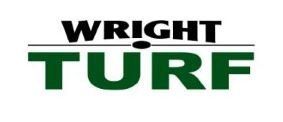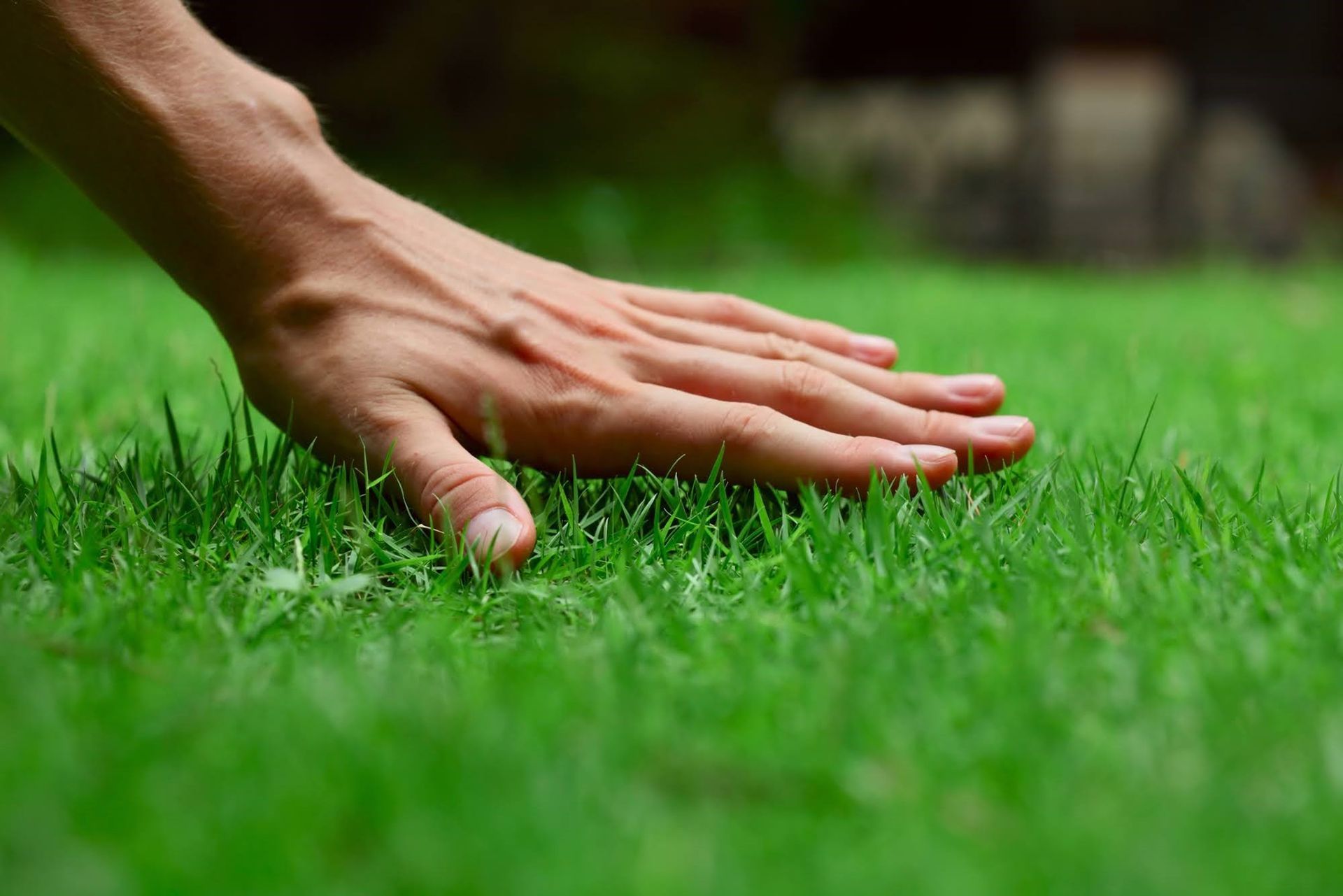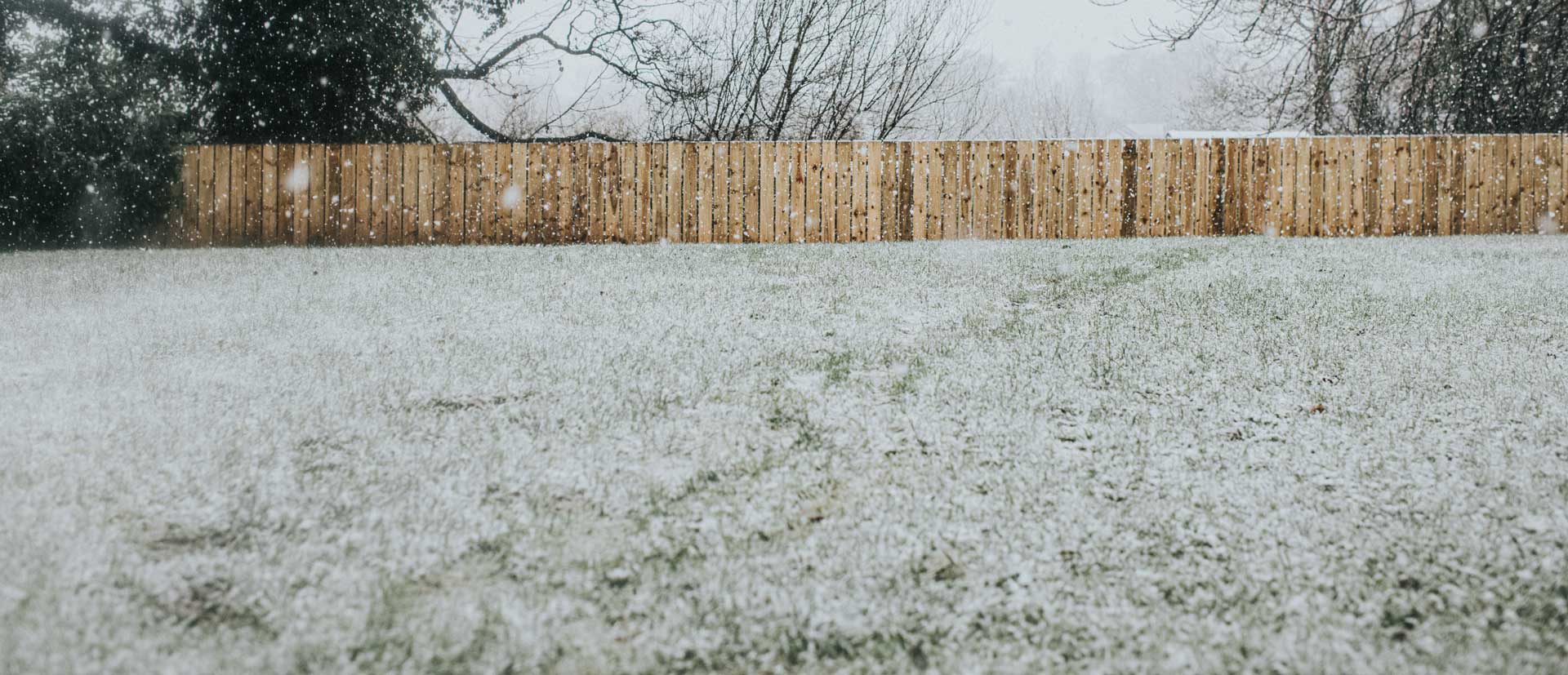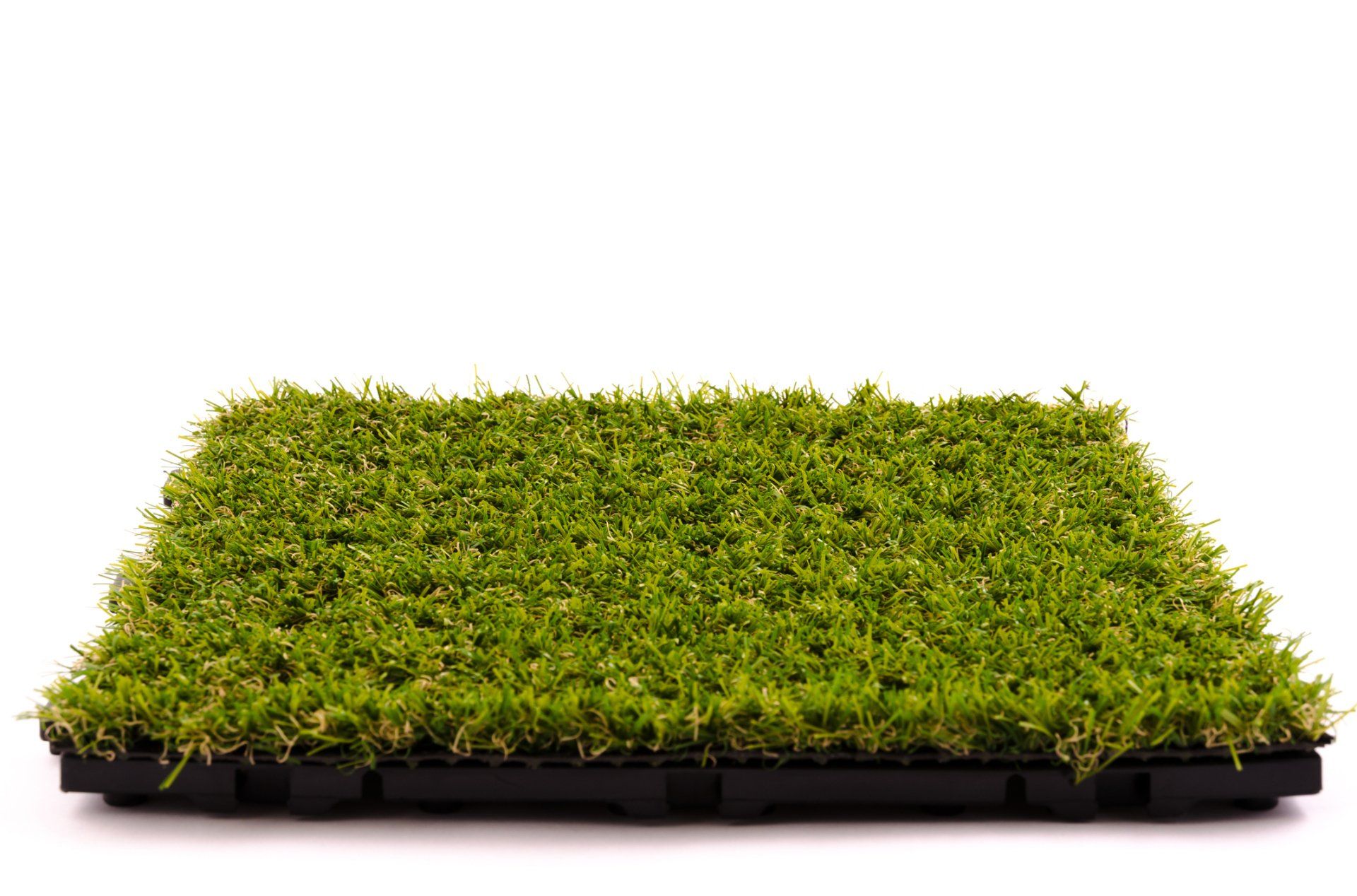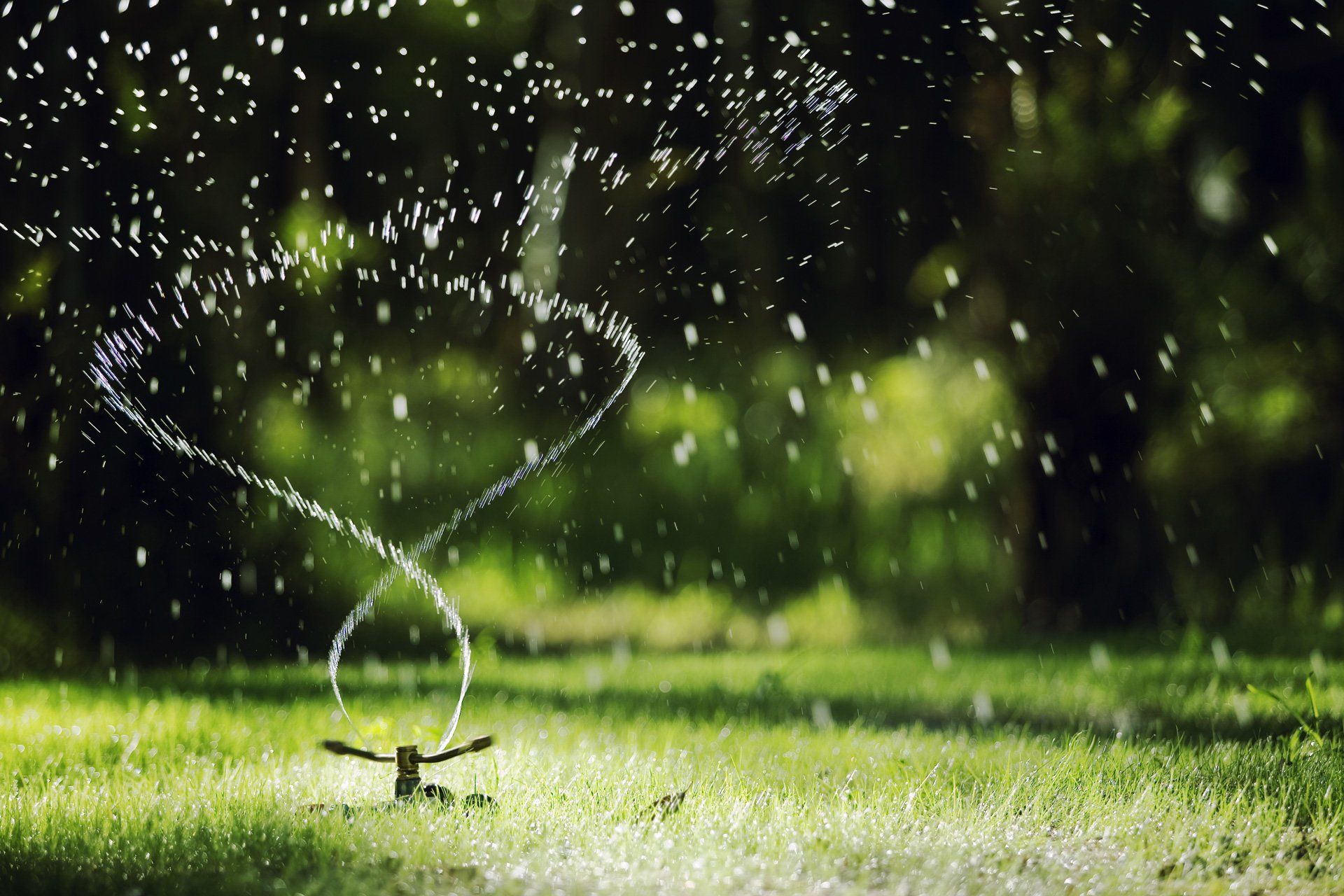3 Pests That Can Ruin Your Turf
- By Admin
- •
- 03 Oct, 2023
- •
A lush, green lawn is not just a picturesque addition to your outdoor space; it's a sanctuary for relaxation, play, and outdoor gatherings. However, maintaining that perfect expanse of turf can be an ongoing battle, especially when uninvited guests arrive in the form of pests.
These relentless invaders can wreak havoc on your lawn, turning it from a source of pride to a patchwork of problems. Here are three common pests that have the potential to ruin your carefully nurtured turf.
1. Sod Webworms
Sod webworms are tiny light-yellow moths that can be seen flying around from the start of spring to late autumn. Adult moths deposit their eggs on grass, where they will hatch into larvae in about a week's time. Grass leaves become unevenly brown with a scalped or grazed look when these tiny brown caterpillars eat them.
The larvae eat the grass edges and the whole stems, which results in significant damage to the turf. Depending on the severity of the infestation, this can cause vast areas of grass to suddenly turn brown or die. Holes dug by birds searching for worms are a common feature of these bare areas. The larvae spin silken tubes even on the turf.
Pesticides or a professional pest management agency are your best bets for eliminating and preventing further damage from sod webworms. Damage from an infestation of sod webworms can quickly deteriorate and spread, so prompt treatment is necessary to contain the problem.
2. Grubs
Grubs are the larval stages of many different kinds of scarab beetles, including masked chafers and Japanese beetles. When these bugs eat the roots of grass, they sever them and the grass can not get sufficient moisture from the soil. When grubs invade a yard, they chew the roots out of the grass, causing the grass to die and turn brown.
Grubs are often easy to spot if you lift the grass back. In addition, creatures like raccoons and birds that rummage through your yard are probably searching for grubs. Each type of grub has a unique life cycle. During the summer, females of most species lay eggs, which hatch into larvae that feed on grass roots during the subsequent fall.
As winter approaches and temperatures begin to drop, grubs go underground to escape freezing. The grubs emerge from the soil at the beginning of spring and munch on grass roots until they develop into pupae and emerge as adult beetles.
You can try introducing natural predators like nematodes, which are minute parasites that harm grubs, or you can use a chemical insecticide. You may also render your lawn less hospitable to grubs by dramatically lowering the moisture content.
3. Chinch Bugs
Chinch bugs are tiny, sap-feeding insects that cause annual damage to lawns by feeding on the leaves of grass. These pests are most active from June through September. They have a black body and white wings that are folded over their backs.
Because of the anticoagulant, they secrete while feeding, grass loses its green color, turns yellow, and eventually dies. It is easy to blame drought-related stress for this damage, but a deeper look will show you the real culprit.
Preventing an infestation of chinch bugs requires vigilant watering and monitoring for indicators of pest activity. If chinch bugs are discovered, they can be exterminated manually, with insecticide, or by hiring a pest management service.
If you ignore the chinch bug problem, it can soon become out of control and ruin your lawn. Take the time to properly care for and regularly inspect your lawn to lessen the likelihood that these pests will cause any further damage.
Has your lawn been severely affected by pests? Contact us at Wright Turf Farms for sod planting and lawn maintenance.
These relentless invaders can wreak havoc on your lawn, turning it from a source of pride to a patchwork of problems. Here are three common pests that have the potential to ruin your carefully nurtured turf.
1. Sod Webworms
Sod webworms are tiny light-yellow moths that can be seen flying around from the start of spring to late autumn. Adult moths deposit their eggs on grass, where they will hatch into larvae in about a week's time. Grass leaves become unevenly brown with a scalped or grazed look when these tiny brown caterpillars eat them.
The larvae eat the grass edges and the whole stems, which results in significant damage to the turf. Depending on the severity of the infestation, this can cause vast areas of grass to suddenly turn brown or die. Holes dug by birds searching for worms are a common feature of these bare areas. The larvae spin silken tubes even on the turf.
Pesticides or a professional pest management agency are your best bets for eliminating and preventing further damage from sod webworms. Damage from an infestation of sod webworms can quickly deteriorate and spread, so prompt treatment is necessary to contain the problem.
2. Grubs
Grubs are the larval stages of many different kinds of scarab beetles, including masked chafers and Japanese beetles. When these bugs eat the roots of grass, they sever them and the grass can not get sufficient moisture from the soil. When grubs invade a yard, they chew the roots out of the grass, causing the grass to die and turn brown.
Grubs are often easy to spot if you lift the grass back. In addition, creatures like raccoons and birds that rummage through your yard are probably searching for grubs. Each type of grub has a unique life cycle. During the summer, females of most species lay eggs, which hatch into larvae that feed on grass roots during the subsequent fall.
As winter approaches and temperatures begin to drop, grubs go underground to escape freezing. The grubs emerge from the soil at the beginning of spring and munch on grass roots until they develop into pupae and emerge as adult beetles.
You can try introducing natural predators like nematodes, which are minute parasites that harm grubs, or you can use a chemical insecticide. You may also render your lawn less hospitable to grubs by dramatically lowering the moisture content.
3. Chinch Bugs
Chinch bugs are tiny, sap-feeding insects that cause annual damage to lawns by feeding on the leaves of grass. These pests are most active from June through September. They have a black body and white wings that are folded over their backs.
Because of the anticoagulant, they secrete while feeding, grass loses its green color, turns yellow, and eventually dies. It is easy to blame drought-related stress for this damage, but a deeper look will show you the real culprit.
Preventing an infestation of chinch bugs requires vigilant watering and monitoring for indicators of pest activity. If chinch bugs are discovered, they can be exterminated manually, with insecticide, or by hiring a pest management service.
If you ignore the chinch bug problem, it can soon become out of control and ruin your lawn. Take the time to properly care for and regularly inspect your lawn to lessen the likelihood that these pests will cause any further damage.
Has your lawn been severely affected by pests? Contact us at Wright Turf Farms for sod planting and lawn maintenance.
If you manage or intend to build a playing field, you'll want visually appealing and long lasting sod that requires minimal maintenance. Read for more.
Landscapers can help get your soil ready for sod planting. Discover five solutions they might recommend and implement to get soil ready for sod.
Some individuals are hesitant to try sod due to the various myths surrounding the installation. Read this blog on myths to determine if sod is for you.
If you have a pet dog, you need to take special care of your sod. Learn to balance your pet's needs with the needs of your lawn today.
A brown spot interrupt the beautiful, green lawn you work so hard to cultivate. Learn a few common causes and remedies for these dead spot downers.
If your grass takes forever to grow even after you follow all the instructions, two common problems may be the cause. Learn how to fix these issues.
